Hyperpigmentation is one of the most common skin concerns I treat in my practice. Whether it’s post-acne marks, melasma, or sunspots, these darker patches of skin can deeply affect confidence and self-image.
The good news? With the right diagnosis and hyperpigmentation treatment, real results are possible. Let’s break it down.
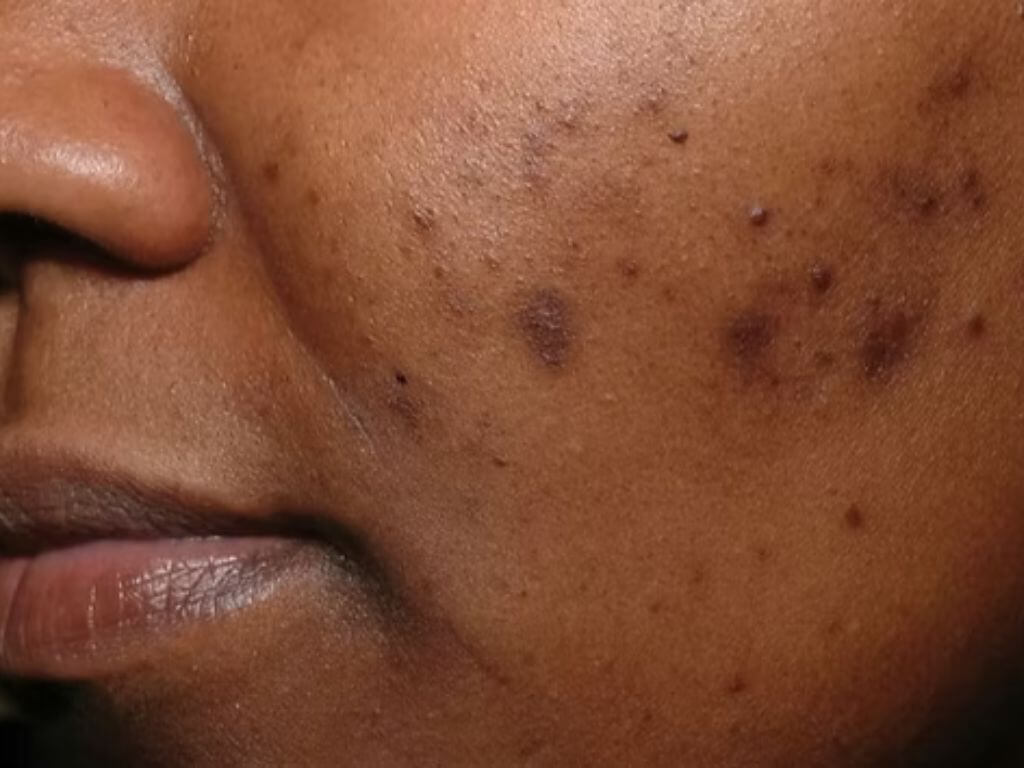
What is hyperpigmentation?
Understanding what type of pigmentation you have is the first step toward choosing an effective hyperpigmentation treatment tailored to your skin type. Hyperpigmentation refers to areas of skin that appear darker than your natural skin tone. This happens when your skin produces too much melanin, the pigment that gives skin its colour. While it isn’t harmful, it can be persistent, and not all pigmentation is treated the same way.
The most common types I see include:
Post-inflammatory hyperpigmentation (PIH)
Dark marks left behind after acne, eczema, or skin injury. Especially common in melanin-rich skin.
Melasma
Hormone-related pigmentation that appears as brown or grey patches, often on the cheeks, forehead, upper lip, or nose. UV exposure, pregnancy, and oral contraceptives can be triggers.
Drug or disease-induced pigmentation
Certain medications, medical conditions, or inflammation can also cause skin discolouration.
Age spots
Also called sunspots or liver spots, these develop from years of sun exposure and are more common as we age.
Understanding what type of pigmentation you have is the first step toward effective treatment.
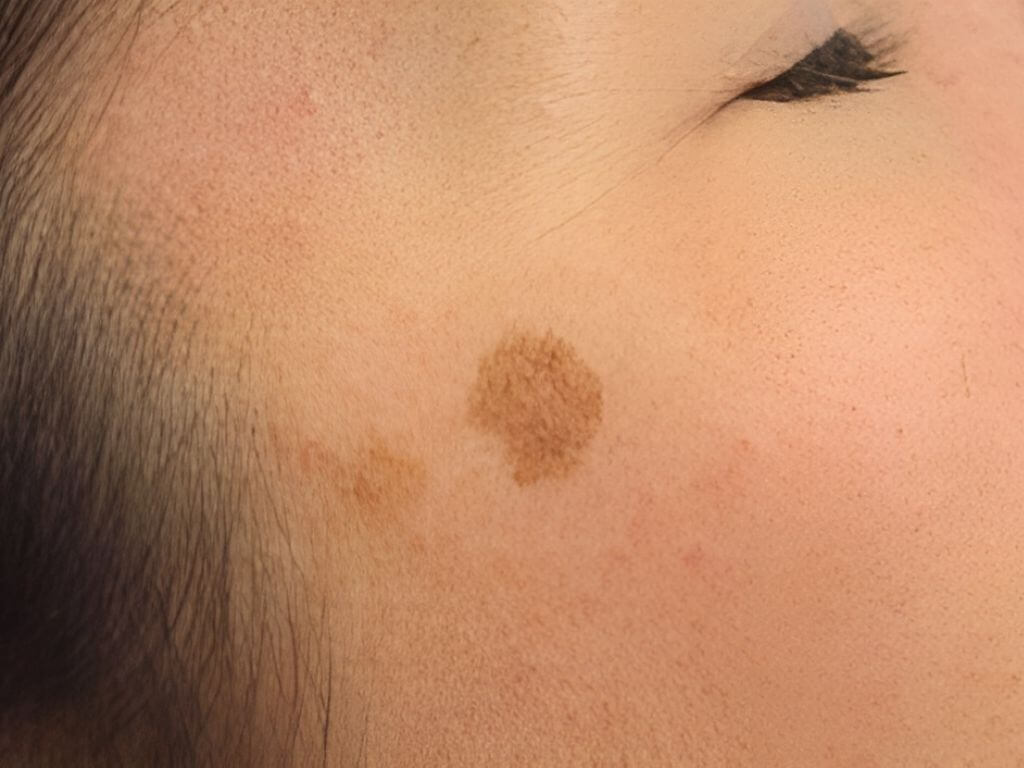
Why UV protection is essential
As a dermatologist, I see the long-term effects of sun damage every day. Whether you’re indoors, outdoors, or driving, UV rays are constantly impacting your skin. Even on cloudy days, sun exposure can worsen pigmentation and speed up skin ageing.
Here’s what you need to know:
- UVA rays age the skin, worsening pigmentation, fine lines, and wrinkles
- UVB rays burn the skin and can trigger new pigmentation
- UVC is blocked by the ozone layer but found in artificial light sources
SPF30 or higher should be part of your daily routine, even if you have darker skin. And yes, that includes lip balm and the skin around your eyes. SPF is your first line of defence in any hyperpigmentation treatment plan, helping to prevent new discolouration while protecting your progress.
Pro tip: Pair your sunscreen with a Vitamin C serum in the morning to boost protection and improve skin tone.
Let’s talk about microneedling
Microneedling is one of my favourite in-clinic options for hyperpigmentation treatment, especially in melanin-rich skin. It is super effective at treating pigmentation, scarring, and texture.
What is microneedling?
Microneedling is a safe, minimally invasive procedure that uses fine needles to create controlled micro-injuries in the skin. This stimulates collagen and elastin production, encouraging smoother, brighter, more even skin.
Microneedling can help with:
- Acne scars
- Hyperpigmentation
- Uneven tone
- Early signs of ageing
- Hair thinning on the scalp
At Skinlabb, microneedling is always tailored to your skin’s specific needs. We may combine it with medical-grade serums, growth factors, or exosomes to maximise results.
If you’ve tried every serum and still feel stuck, microneedling may be your next step.
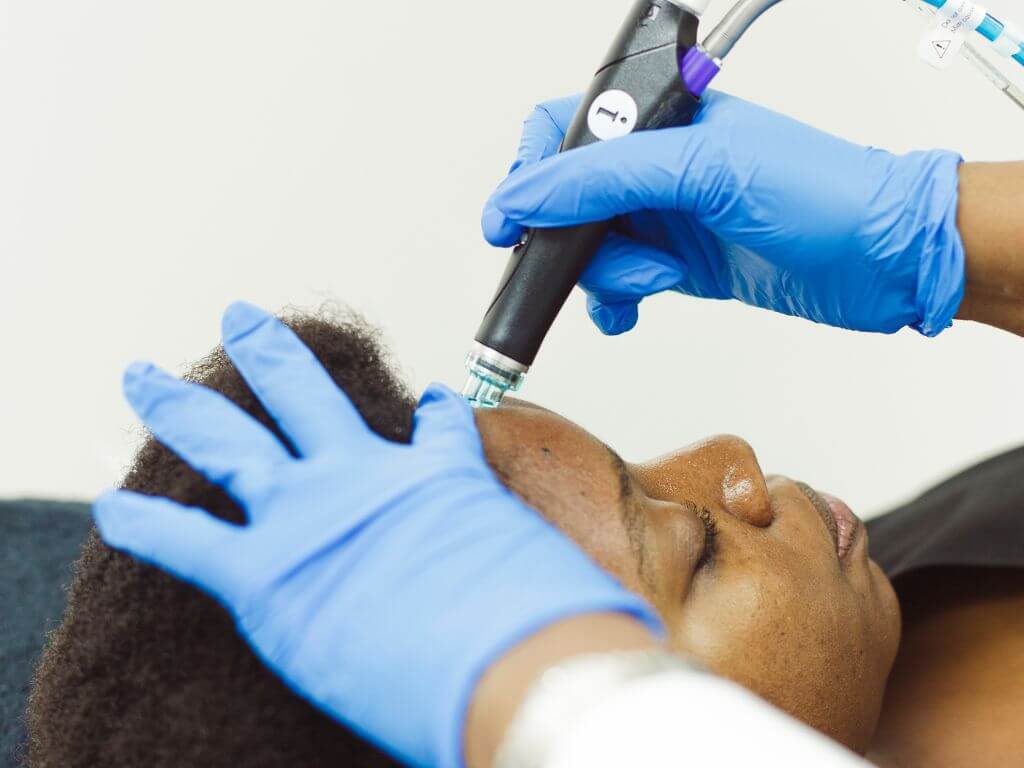
In-clinic treatments for hyperpigmentation
For stubborn pigmentation, combining cosmetic procedures with a consistent routine often leads to the most effective hyperpigmentation treatment outcomes. These include:
Chemical peels
Medical-grade chemical peels exfoliate the skin and help lift pigmentation. We select the right depth and formulation for your skin tone and goals.
Laser therapy
Lasers can safely target melanin when used by professionals trained in treating skin of colour.
Pulsed light and microdermabrasion
These resurface the skin and support healthy renewal.
HydraFacial
The three-step HydraFacial treatment deeply cleanses, exfoliates, and hydrates the skin. It improves tone, unclogs pores, and enhances absorption of brightening serums.
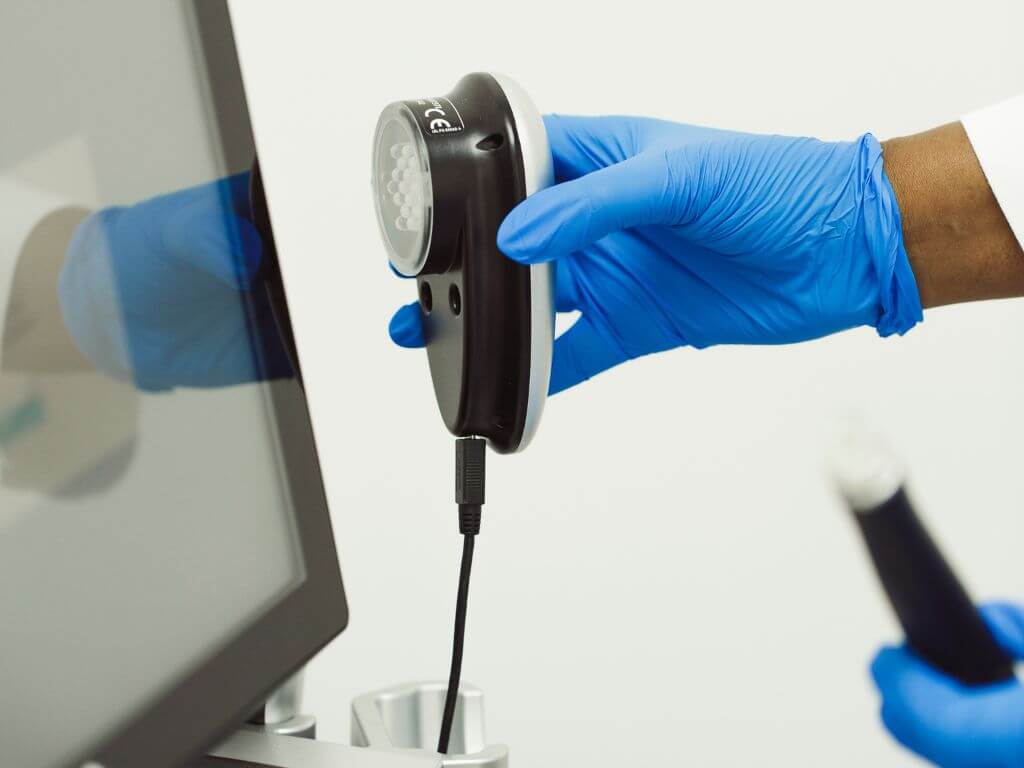
Other hyperpigmentation treatments
While home remedies like aloe vera, liquorice extract, and green tea may offer mild antioxidant benefits, prescription skincare is more effective for moderate to severe cases.
Topical ingredients I often prescribe include:
- Azelaic acid
- Kojic acid
- Vitamin C
- Retinoids
- Hydroquinone (prescription only)
- Corticosteroids (short-term use only under supervision)
The right combination depends on your skin type, condition, and the cause of pigmentation. These ingredients are the building blocks of a successful hyperpigmentation treatment strategy and must be selected based on your specific needs. Incorrect use can worsen symptoms, especially for melasma.
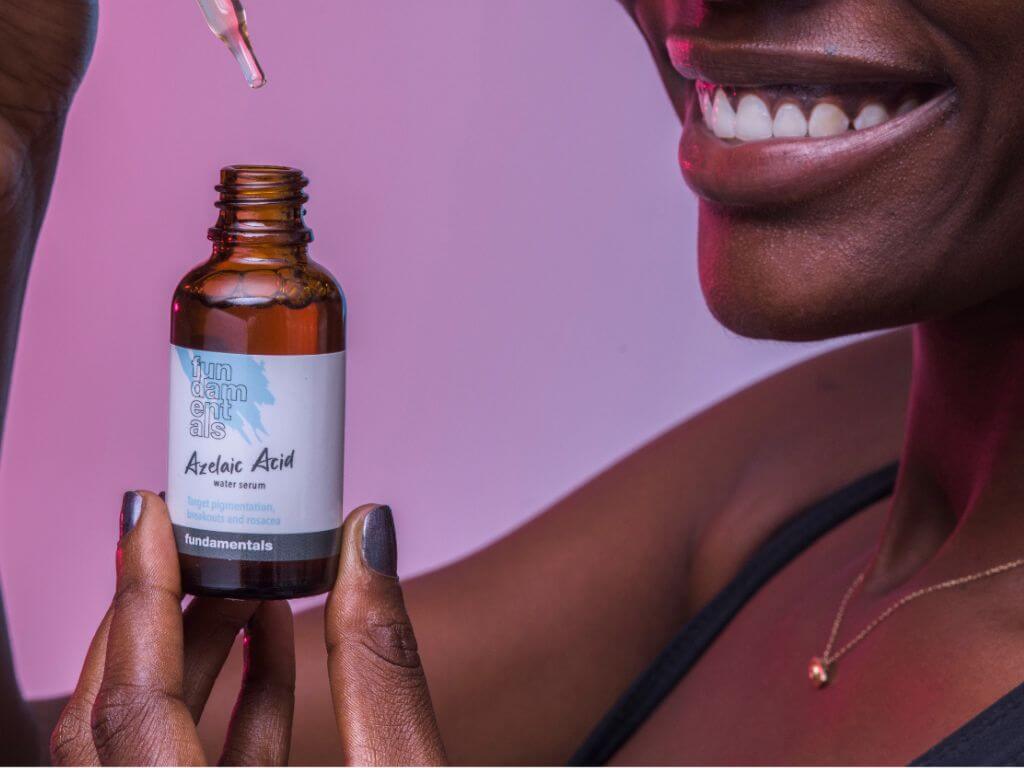
What to expect from your consultation
At your first visit, we will:
- Analyse your skin using advanced imaging and clinical evaluation
- Identify the underlying cause of your pigmentation
- Recommend a personalised treatment plan
- Discuss realistic timelines and outcomes
- Help you build a routine that supports long-term skin health
Our clinic at Skinlabb Illovo is fully equipped with the technology, products, and experience needed to treat pigmentation safely and effectively.

Frequently asked questions about hyperpigmentation
How long does it take to see results?
This depends on the type and cause of pigmentation. Some patients see improvement in four to six weeks with the right topical routine. Others may need a few months of in-clinic treatments to achieve lasting results. Consistency is key.
Can pigmentation go away on its own?
In some cases, like mild post-inflammatory marks, the skin may fade the discolouration over time. However, deeper or hormonally driven pigmentation often needs medical support to improve.
Are hyperpigmentation scars permanent?
Most pigmentation is not permanent, but it can take time to fade. Some marks, especially when left untreated or repeatedly aggravated, may linger for years. Early treatment improves the chances of full recovery.
Are hyperpigmentation and dark spots the same?
Yes, in everyday language, they often refer to the same thing. Dark spots are a visible sign of hyperpigmentation, which is the underlying process causing the discolouration.
How long does hyperpigmentation last?
Mild cases may fade in a few weeks. More persistent pigmentation, like melasma or long-standing PIH, can last for months or even years without targeted treatment.
Which vitamin deficiency causes hyperpigmentation?
Deficiencies in vitamin B12 are most commonly linked to hyperpigmentation. Low levels of folic acid and vitamin D can also impact overall skin health. A blood test can help determine if a deficiency is contributing to your symptoms.
What’s the best sunscreen for hyperpigmentation?
A broad-spectrum SPF30 or higher that protects against both UVA and UVB rays. Tinted sunscreens are ideal for those with melasma or persistent dark marks, as they also protect against visible light.
Which serum is best for hyperpigmentation?
Look for serums that include proven actives like vitamin C, azelaic acid, niacinamide, kojic acid, or tranexamic acid. The best option depends on your skin type and the type of pigmentation you have. We always recommend starting with a consultation before adding new actives to your routine.
What triggers hyperpigmentation?
Common triggers include sun exposure, acne or skin injuries, hormonal changes, inflammation, certain medications, and aggressive skincare or cosmetic procedures. Identifying your triggers is an important part of treatment.
Is hyperpigmentation the same as melasma?
Melasma is a type of hyperpigmentation. It is usually symmetrical and appears as brown or grey patches on the face, often linked to hormones and sun exposure. It requires a different treatment approach compared to other forms of pigmentation.

There is a lot you can do to manage and reduce hyperpigmentation. Daily sunscreen, the right skincare, and avoiding skin picking are small habits that make a big difference. But for persistent or widespread pigmentation, professional care is key. Clear, even-toned skin is possible with the right support.
Book your consultation at Skinlabb today and let’s create a personalised hyperpigmentation treatment plan that brings your glow back safely and effectively.
